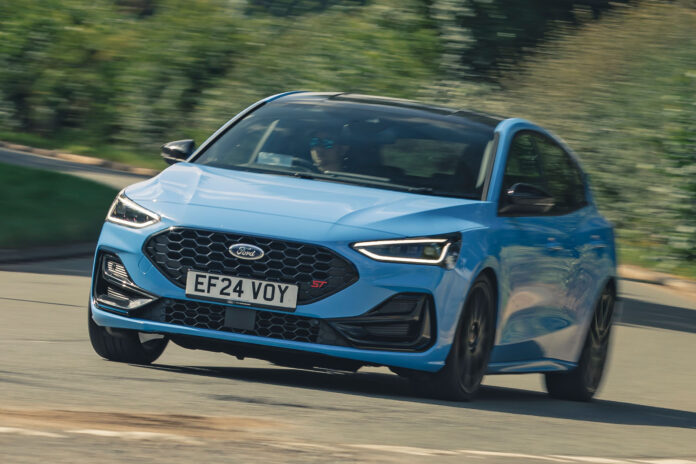The business case for such cars has been sullied by the shift to more profitable (and ultimately less dynamic) SUVs, as well as tightening fleet emissions regulations that have pushed manufacturers towards EVs and low-emission hybrids.
Hyundai pulled its i30 N and smaller i20 N from Europe last year, the Peugeot 308 GTi didn’t survive more than a single generation and Toyota has yet to launch the GR Corolla in the UK.
Of the hot hatches that live on, many have either spiked in price – the Volkswagen Golf GTI now starts north of £40,000 – or remain strictly limited in number, as is the case for the Honda Civic Type R and Toyota GR Yaris.
Indeed, Ford recently turned down the temperature on the Focus ST’s smaller sibling, the Puma ST. Its 197bhp 1.5-litre powerplant and manual gearbox were discontinued, leaving only an uprated version of the regular Puma’s mild-hybrid 1.0-litre powerplant with 158bhp and an automatic gearbox. This is the only ST model to survive the cull of the past few years.
This doesn’t spell the end for fast Fords, though: design director Amko Leenarts last year told Autocar that there was “definitely” a future for the brand’s performance cars, referencing the popularity of Formula 1, the Dakar and the World Rally Championship, among others. “If we’re not doing that, we are making the wrong investments,” he said. “So it’s got to transition to our normal car lines globally.”
